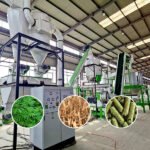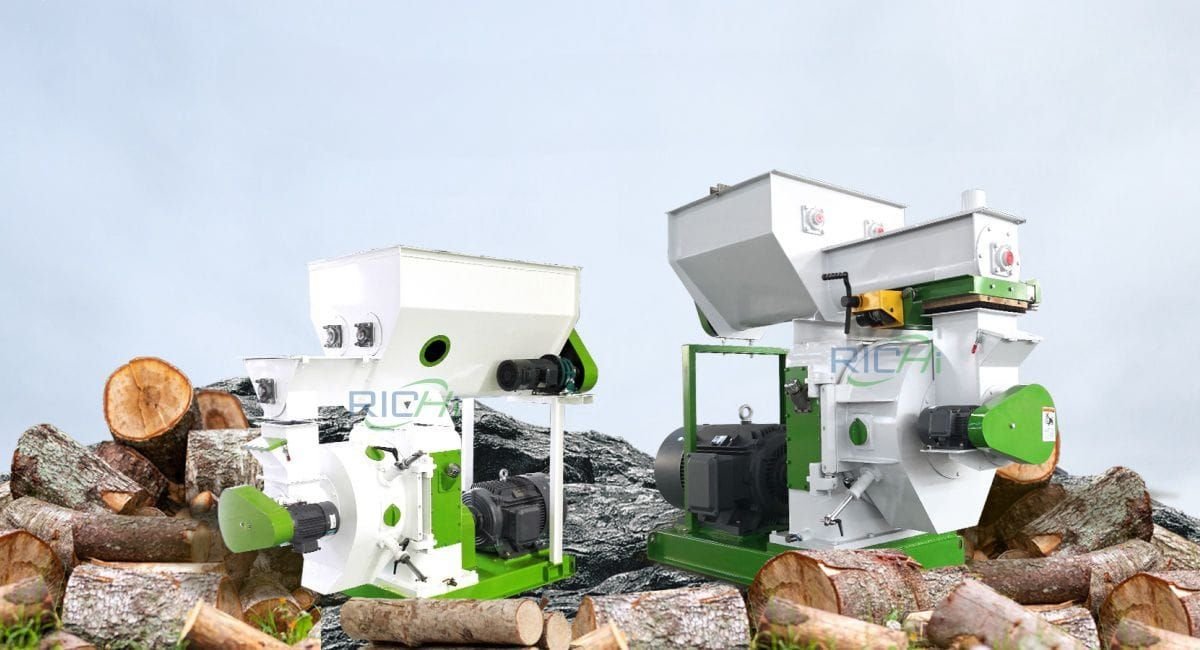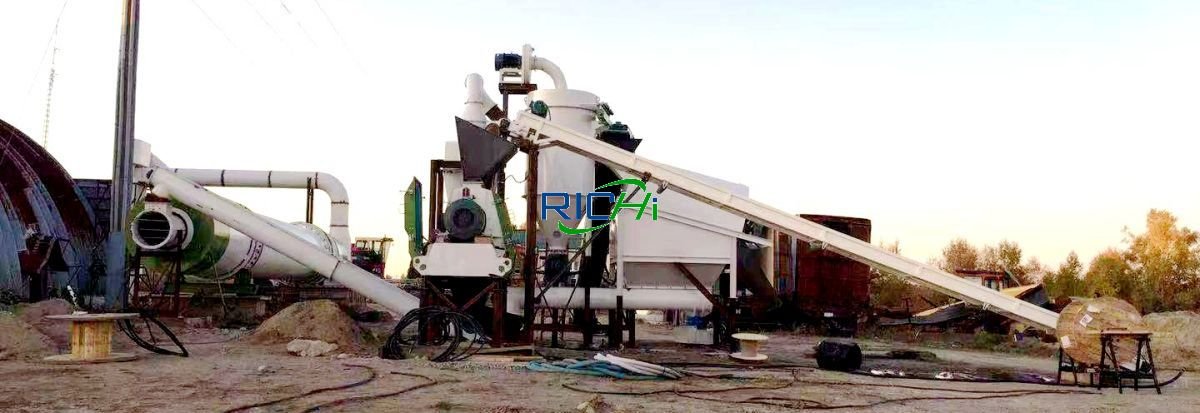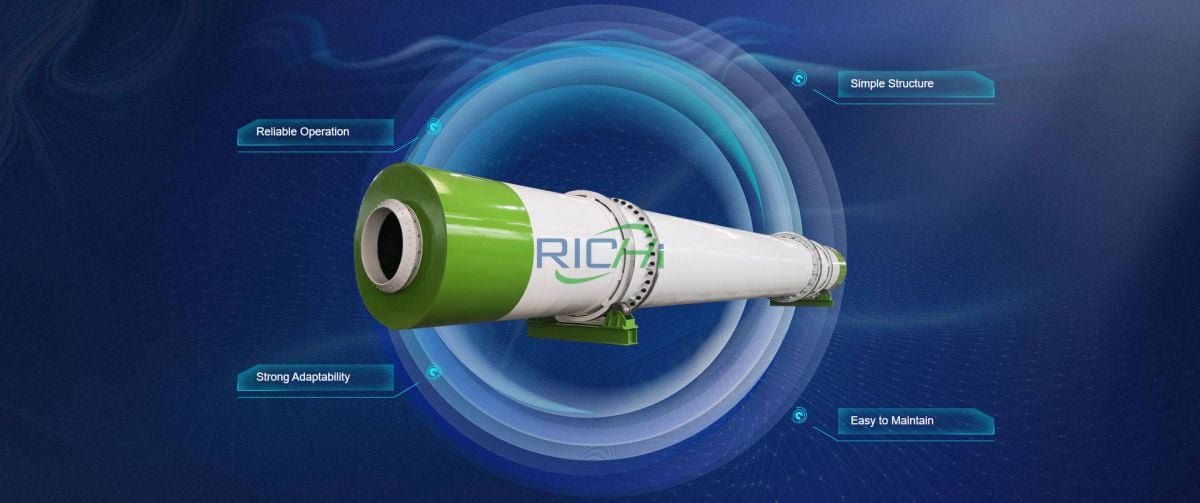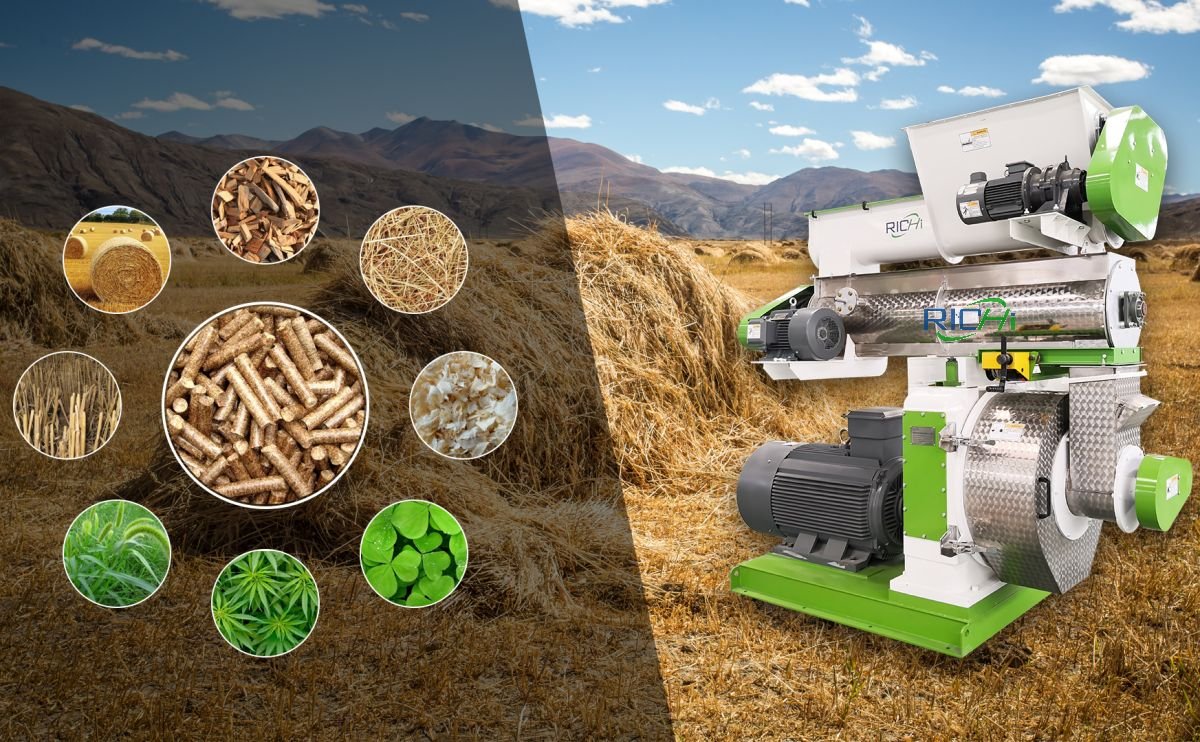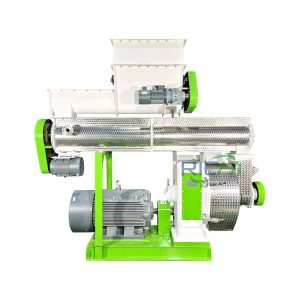Wood pelletizers are vital machines in the biomass sector, transforming raw materials into high-density pellets for energy production, animal bedding, and various other applications. Effective maintenance and care are essential for ensuring these machines operate efficiently, last longer, and remain cost-effective. This article outlines the essential guidelines and best practices for maintaining and caring for your wood pelletizer.
1. Adhere to Manufacturer Guidelines
The first step in maintaining your wood pelletizer is to follow the manufacturer’s guidelines for operation and maintenance. These instructions provide crucial information on:
- Lubrication: The type and frequency of lubrication needed for different components, such as bearings, gears, and chains.
- Cleaning: Procedures for cleaning the machine, including the die, rollers, and other critical parts.
- Adjustments: Proper settings for die clearance, roller pressure, and other adjustments that impact pellet quality and machine performance.
- Troubleshooting: Recommended steps to take if malfunctions or performance issues arise.
By adhering to these guidelines, you can ensure your wood pelletizer operates at optimal efficiency and reduce the risk of premature wear or breakdown. (Related post: https://www.richipelletmachine.com/wood-pelletizer-for-sale/)
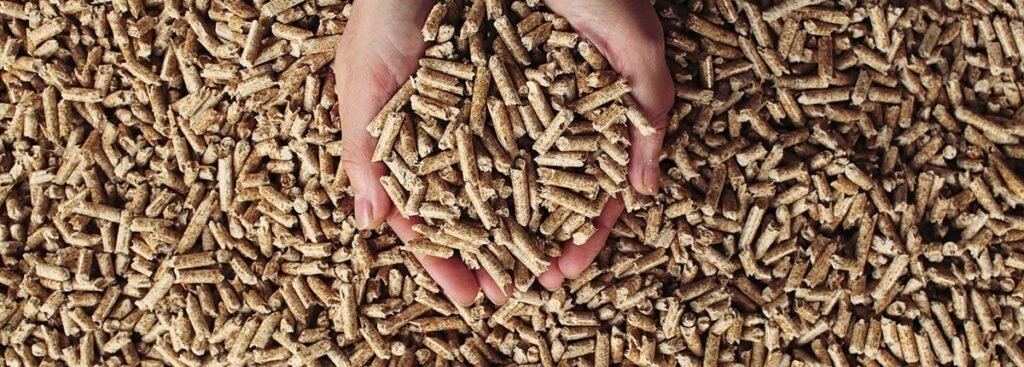
2. Conduct Regular Inspections
Regular inspections are vital for detecting potential problems before they become significant issues. Inspect your wood pelletizer daily for:
- Unusual Noises or Vibrations: These may indicate bearing wear, imbalance, or other mechanical problems.
- Leaks: Look for oil or grease leaks that could lead to contamination and diminished lubrication.
- Wear and Tear: Check critical components such as the die, rollers, and screens for signs of wear and replace them as necessary.
- Cleanliness: Ensure that the machine is free from accumulated dust, debris, and foreign materials that can affect performance and cause damage.
Document your inspection findings and promptly address any issues to maintain optimal machine performance.
3. Ensure Proper Lubrication
Proper lubrication is crucial for minimizing friction, reducing wear, and extending the lifespan of your wood pelletizer. Follow these best practices for lubrication:
- Use Recommended Lubricants: Refer to the manufacturer’s instructions for the specific type and grade of lubricant needed for each component.
- Lubricate at Recommended Intervals: Follow the manufacturer’s lubrication schedule, which may vary based on the component and operating conditions.
- Apply the Correct Amount of Lubricant: Avoid over-lubrication, as it can lead to leaks, contamination, and decreased efficiency.
- Clean Lubrication Points Before Application: Ensure lubrication points are free from dirt, debris, and old lubricant to prevent contamination. (Related post: small wood pellet plant)
4. Proactively Replace Wear Parts
Certain components of your wood pelletizer, including the die, rollers, and screens, are subject to wear due to the high pressure and friction during the pelleting process. Replace these parts proactively based on:
- Operating Hours: Follow the manufacturer’s recommendations for replacement intervals, typically measured in hours of operation.
- Condition: Regularly monitor wear parts and replace them when they exhibit significant wear or damage.
- Performance: If you notice a decline in pellet quality or machine performance, it may be time to replace the die, rollers, or screens.
Using high-quality replacement parts from the original manufacturer or authorized suppliers can ensure optimal performance and durability.
5. Maintain a Clean Working Environment
A clean and organized workspace is crucial for maintaining your wood pelletizer and ensuring the quality of the finished pellets. Keep the area around the machine free from clutter, debris, and excess dust by:
- Sweeping and Vacuuming Regularly: Remove accumulated dust and debris to prevent contamination and maintain a safe working environment.
- Properly Storing Raw Materials and Finished Products: Keep raw materials and finished pellets in designated areas to avoid introducing foreign materials into the machine.
- Practicing Good Housekeeping: Encourage employees to keep the work area clean and organized, with tools and supplies stored properly.
6. Train Operators and Maintenance Staff
Proper training is essential to ensure your wood pelletizer is operated and maintained correctly. Train operators and maintenance staff on:
- Machine Operation: Provide hands-on training for starting, stopping, and adjusting the machine for optimal performance.
- Safety Protocols: Educate employees on safety procedures, including the use of personal protective equipment (PPE) and emergency response plans.
- Maintenance Tasks: Train maintenance personnel on lubrication, cleaning, and inspection procedures to ensure they are performed accurately and consistently.
Regular training and refresher courses can help maintain a knowledgeable and skilled workforce capable of keeping your wood pelletizer in excellent condition.
7. Keep Detailed Records
Maintaining accurate records is crucial for tracking your wood pelletizer’s performance and maintenance history. Keep records of:
- Operating Hours: Track the total hours of operation for the machine and its key components.
- Maintenance Activities: Document all maintenance tasks performed, including lubrication, cleaning, and part replacements.
- Performance Data: Monitor and record key performance indicators, such as pellet output, energy consumption, and product quality.
Reviewing these records can help identify trends, optimize maintenance schedules, and make informed decisions regarding equipment upgrades or replacements.
Conclusion
Maintaining and caring for your wood pelletizer requires a combination of following manufacturer guidelines, conducting regular inspections, ensuring proper lubrication, proactively replacing wear parts, maintaining a clean working environment, training operators and maintenance staff, and keeping accurate records. By implementing these best practices, you can ensure your wood pelletizer operates efficiently, produces high-quality pellets, and enjoys a long service life.
Investing in proper maintenance and care not only protects your investment but also contributes to the overall profitability and sustainability of your biomass operation. As the demand for renewable energy sources and sustainable practices continues to grow, the significance of well-maintained wood pelletizers will only increase, making them a vital asset in the biomass industry.


